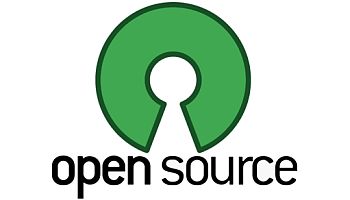Open Source For Competitive Advantage Survey Claims

Adopting open-source software not only reduces costs but can deliver competitive advantage, Gartner says
Companies are increasingly adopting open-source software as a way to gain competitive advantage rather than just a cost-savings measure, according to the results of a Gartner survey.
The survey of 547 companies in 11 countries conducted between July and August 2010 found that more than half of the IT executives said they are using open source in both non-mission-critical and mission-critical environments.
Greater Value Than Just Free Software
 Gaining a competitive advantage is a “significant reason” for selecting an open-source product, said Laurie Wurster, research director at Gartner. More organisations consider open source as “having much greater value than simply getting something for free,” she said.
Gaining a competitive advantage is a “significant reason” for selecting an open-source product, said Laurie Wurster, research director at Gartner. More organisations consider open source as “having much greater value than simply getting something for free,” she said.
The use of open source is pretty widespread within these organisations. Nearly 46 percent of organisations have deployed open-source applications for specific departments and projects and 22 percent of the surveyed businesses use open source consistently across all departments, Gartner said. About 21 percent of the executives said they were evaluating open-source products, according to the report.
Open-source software has long been used for basic infrastructure, but organisations are now using it to build better software to support core business activities, such as data management and integration, application development, business process improvement, security, compliance, data centre modernisation, and virtualisation, Gartner said.
Nearly a quarter of respondents, 24 percent, said open-source adoption was part of a strategic business decision, while 31 percent said it is part of the company’s IT strategy, the report found. Other reasons for selecting open-source programs included the maturity of applications and total cost of ownership, according to the report.
While lower cost of ownership remained a major factor, at 29 percent, nearly one-third of executives cited flexibility, increased innovation, shorter development and faster procurement as reasons for picking open source over proprietary software, according to Gartner analysts. Some common open-source products in the enterprise include SugarCRM, Zimbra and OpenOffice.
The rate of adoption amongst responding organisations has increased each year, according to analysts. Five years ago, less than 10 percent of responding organisations said they were using open source, Gartner said. The amount of proprietary software within the organisation decreased at about the same rate open-source usage increased over the past five years, the survey found. Organisations also have more internally developed software, the analysts found.
Companies are using open-source applications and add-ons with internally developed software to improve business efficiencies and security, said Bob Igou, research director at Gartner. The report found most businesses use commercial and open-source software side by side.
Companies are customising the code to meet their individual needs instead of paying a commercial software vendor, Wurster said. Open-source software may be used in conjunction with internally built software instead of completely replacing proprietary software, the analysts speculated.
“With greater in-depth understanding and access to the necessary skill sets, end-user organisations will continue to find new deployment of OSS,” Wurster said.
Even with an increased number of open-source applications within the organisation, only one-third of the companies had a formal open-source policy in place, the analysts found. The remaining companies were using the software on an ad-hoc basis.